PRODUCTS
CONTACT US
Ningbo Nide International Co., Ltd.
一一
· Contact person:Jack Zeng
· Mob/Whatspp/WeChat:0086-13738869026
· Email:emarketing@nide-group.com;marketing4@nide-group.com
· Add:No. 169, Wohushan Road, Daqi Subdistrict, Beilun District, Ningbo, China

Nide team could manufacture ball bearing as per customer’s drawing and samples.
If customer only has samples, we could also design drawing fo r our customer.
We also provide customized service.
Our ball bearing is widely applied the different industrials.
Ningbo Haishu Nide International Co., Ltd is one of the leading bearing manufacturers in China. We are a well-known supplier of high-quality motor cover and lamination,fan,carbon brush,magnet,insulation paper,ball bearing. Our products are widely used in fields such as fan motor,single and three phase induction motor,washing machine motor,servo motor,electric automotive motor,compress motor,water pump motor,BLDC motor. We are proud to provide customers with the expected product knowledge, applied professional knowledge, quality control, and consistent reliable service.
We have modern computerized machinery and equipment to produce high-precision bearings. Our company is also equipped with complete chemical and metallurgical laboratories as well as standard room facilities.Nide has offices in India, Brazil, Korea, Turkey, and Argentina, good sales and service net work allow us to access and offer service to customers over the world easily and promptly.
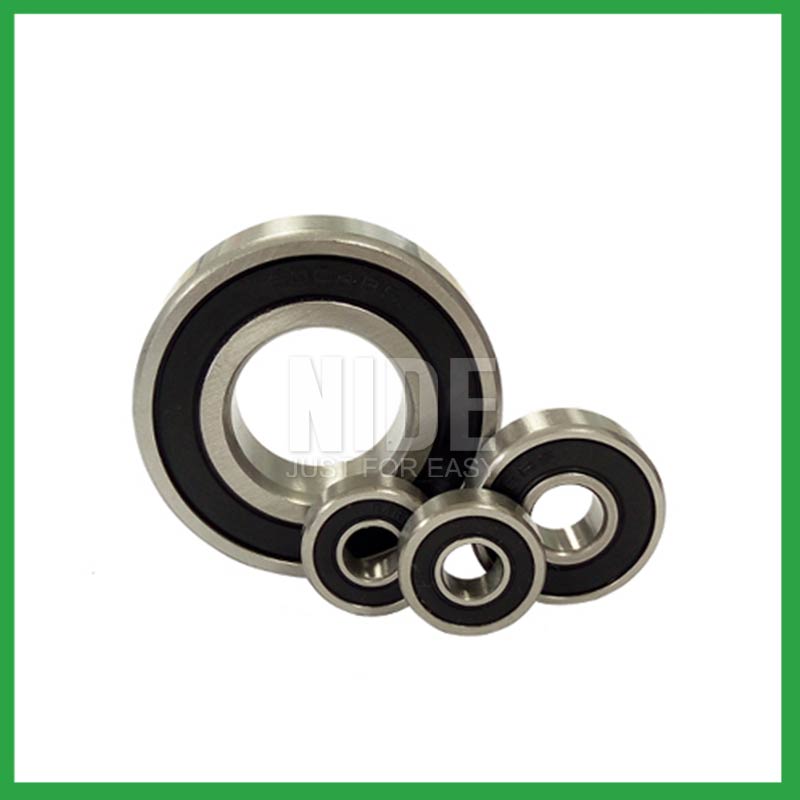
| Parameter | Information |
| Product Name | garrett ball bearing rebuild |
| Place of Origin | Ningbo,China |
| Brand Name | Nide |
| Material | ceramics, etc. |
| Type | Ball |
| Warranty | 3months-1year |
| Port | Ningbo/Shanghai |
| Application | small rotary motors, etc. |
| Size(mm) | customize |
| Color | gray+customized |
| Precision Rating | as per customer's requirement |
| Certification | ISO 9001 Certification,CE-insulation paper inserting machine,CE-stator coil forming machine,etc |
| Feature | High precision,Low Noise...etc |
| Packaging Details | Suitable for sea transportation |
| Service | one-stop service |
| Model Number | ball bearing |
| Supply Ability | 100000-500000 Piece/Pieces per Month |
| Lead time (days) | 15-20 (To be negotiated) |
Please note: The above table data is for reference only. For specific information, please contact us.
garrett ball bearing rebuild can be used in household appliances, such as vegetable cutters,mixers,washing machines,refrigerator door leaf wings, etc; It can also be used in industrial fields, such as motors,dishwashers,weaving machine spindle bearings,weighing machines, etc.
Before use, the model, size, and design of the ball bearing should be confirmed to ensure suitable application;
During installation, the installation load of the ball bearing should be minimized as much as possible to avoid unnecessary damage;
The bearing shaft and the bearing frame should be stable at the same time to avoid excessive tension.
Ball bearings have many advantages, making them highly competitive in the market.
Firstly, they are very durable and have good wear performance, making their service life longer than many other types of bearings.
Secondly, they are easy to install and can provide low friction performance in various applications.
Thirdly, they require a relatively low level of maintenance, making them cost-effective.
In addition, compared to many other types of bearings, their purchase cost is relatively low, making them an economical choice.




garrett ball bearing rebuild---FAQs Guide
2.What are the advancements and innovations in garrett ball bearing rebuild technology that have emerged in recent years?
3.What is a ball bearing?
4.Are there miniature garrett ball bearing rebuild designed for use in precision instruments and small-scale mechanisms?
5.As a garrett ball bearing rebuild manufacturer,can you supply samples?
6.What are the common materials used in garrett ball bearing rebuild manufacturing?
7.About garrett ball bearing rebuild,What about the lead time?
8.How do different garrett ball bearing rebuild designs, such as deep groove, angular contact, or thrust bearings, cater to specific applications?
9.What is the role of garrett ball bearing rebuild in reducing friction and wear in automotive applications, such as wheel hubs and transmissions?
10.Are there self-aligning garrett ball bearing rebuild that accommodate misalignment and shaft deflection in rotating equipment?
11.How do garrett ball bearing rebuild handle radial loads, axial loads, and combined loads, and what are their load-carrying capacities?
12.Where can garrett ball bearing rebuild be used?
13.Do garrett ball bearing rebuild come in various tolerance classes?
14.How do cage designs affect garrett ball bearing rebuild speed and acceleration capabilities in high-speed machinery?
15.How do preload adjustments in garrett ball bearing rebuild affect their performance and suitability for high-precision tasks?
1.Can garrett ball bearing rebuild handle shock loads and high-impact conditions in heavy machinery?
As a general rule, garrett ball bearing rebuild are used at higher speeds and lighter loads than are roller bearings. Roller bearings perform better under shock and impact loading. Ball bearings tolerate misalignment better than roller bearings do. Roller bearings can handle heavy combined radial and thrust loads.
2.What are the advancements and innovations in garrett ball bearing rebuild technology that have emerged in recent years?
Significant advancements have been made in garrett ball bearing rebuild steels over the years. Modern, ultra-clean bearing steels contain fewer and smaller non-metallic particles, giving ball bearings greater resistance to contact fatigue.
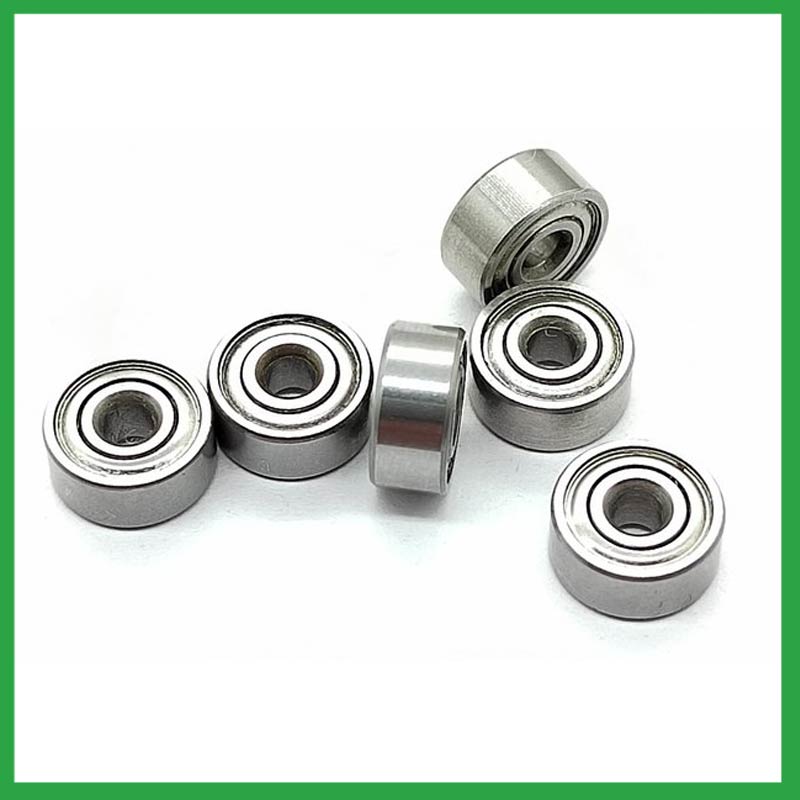
3.What is a ball bearing?
A ball bearing is a type of rolling-element bearing that uses balls to maintain the separation between the bearing races.
The purpose of a ball bearing is to reduce rotational friction and support radial and axial loads. It achieves this by using at least two races to contain the balls and transmit the loads through the balls. In most applications, one race is stationary and the other is attached to the rotating assembly (e.g., a hub or shaft). As one of the bearing races rotates it causes the balls to rotate as well. Because the balls are rolling they have a much lower coefficient of friction than if two flat surfaces were sliding against each other.
Ball bearings tend to have lower load capacity for their size than other kinds of rolling-element bearings due to the smaller contact area between the balls and races. However, they can tolerate some misalignment of the inner and outer races.
4.Are there miniature garrett ball bearing rebuild designed for use in precision instruments and small-scale mechanisms?
Miniature bearings, despite their small size, play a significant role in various industries and applications. These compact powerhouses, typically measuring less than one inch in outer diameter, offer exceptional precision, durability, and reliability. Miniature bearings find extensive use in precision instruments and robotics.
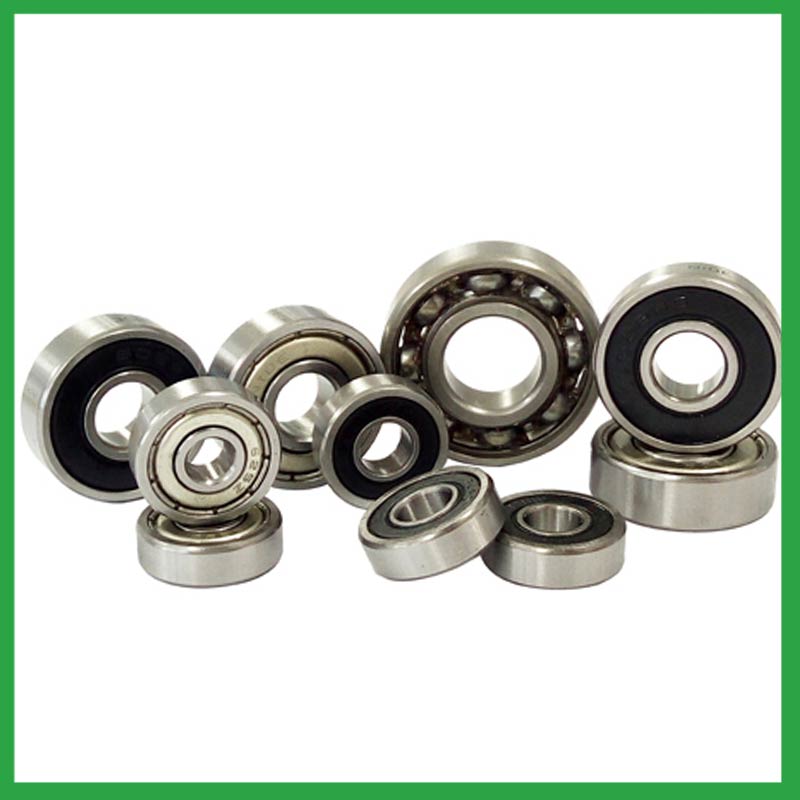
5.As a garrett ball bearing rebuild manufacturer,can you supply samples?
Sure, samples can be provided free of charge, and the buyer pay the postage of the sample.
6.What are the common materials used in garrett ball bearing rebuild manufacturing?
Most garrett ball bearing rebuild are made of a type of steel known as high carbon chromium steel, often called chrome steel. This is used for reasons of cost and durability. Bearings are also made from other materials such as stainless steel, ceramics and plastic.
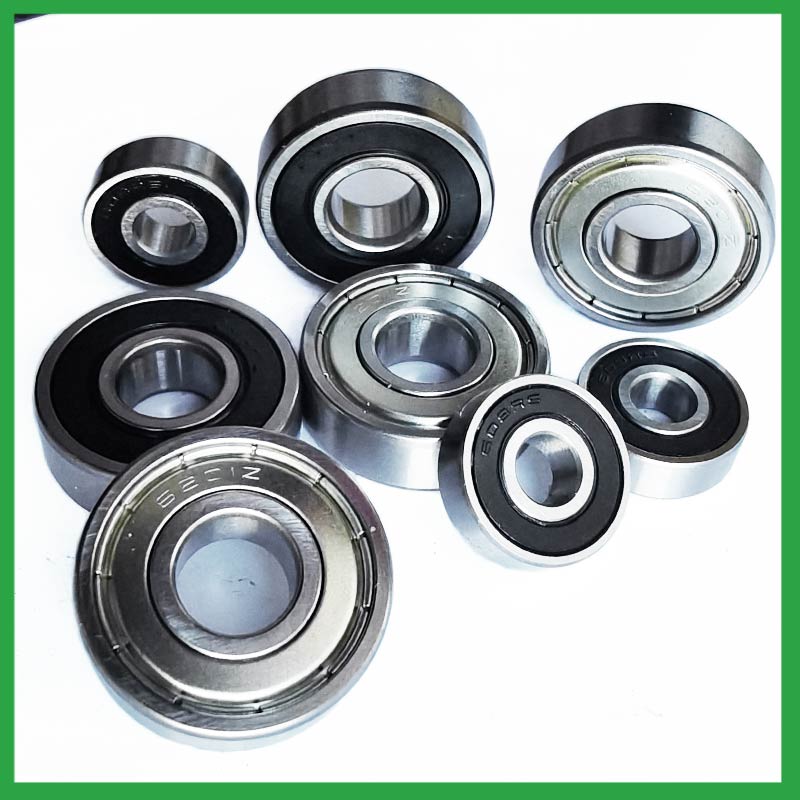
7.About garrett ball bearing rebuild,What about the lead time?
3-7 days for samples, 3-4 weeks for mass production.
8.How do different garrett ball bearing rebuild designs, such as deep groove, angular contact, or thrust bearings, cater to specific applications?
Deep groove garrett ball bearing rebuild: Deep groove ball bearings are the most common type. They can handle both radial and axial loads. Angular contact ball bearings: Angular contact ball bearings have higher than average internal axial clearance. They can handle axial loads in one direction and moderate radial loads.
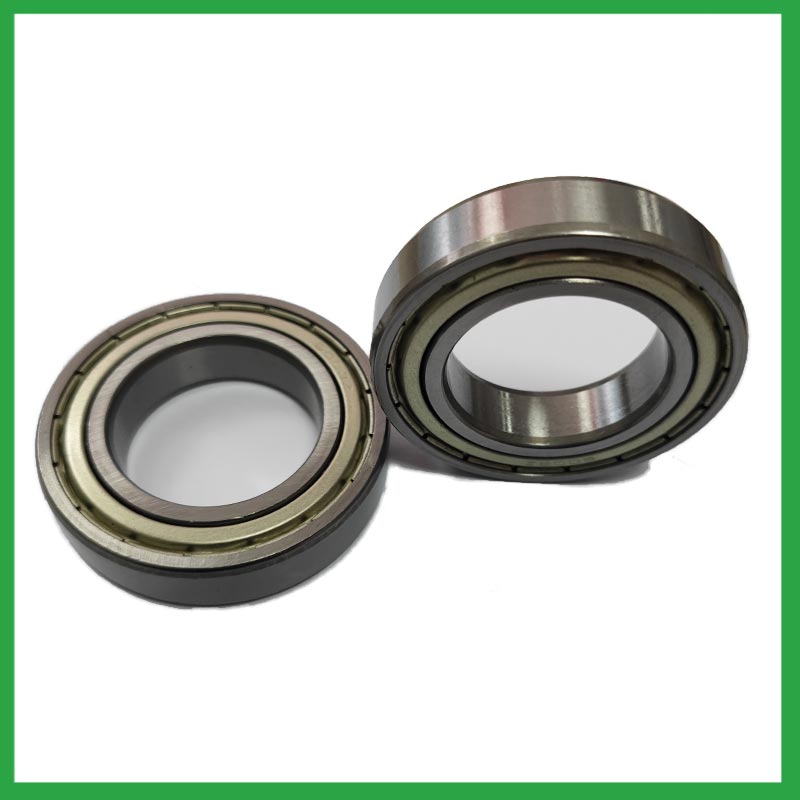
9.What is the role of garrett ball bearing rebuild in reducing friction and wear in automotive applications, such as wheel hubs and transmissions?
When a load is applied to a ball bearing, the garrett ball bearing rebuild roll freely between the inner and outer rings. This rolling action significantly reduces friction compared to sliding contact, resulting in smoother rotation and reduced wear.
10.Are there self-aligning garrett ball bearing rebuild that accommodate misalignment and shaft deflection in rotating equipment?
These garrett ball bearing rebuild are particularly suitable for applications where misalignment can arise from errors in mounting or shaft deflection. A variety of designs are available with cylindrical and taper bores, with seals and adapter sleeves and extended inner rings.
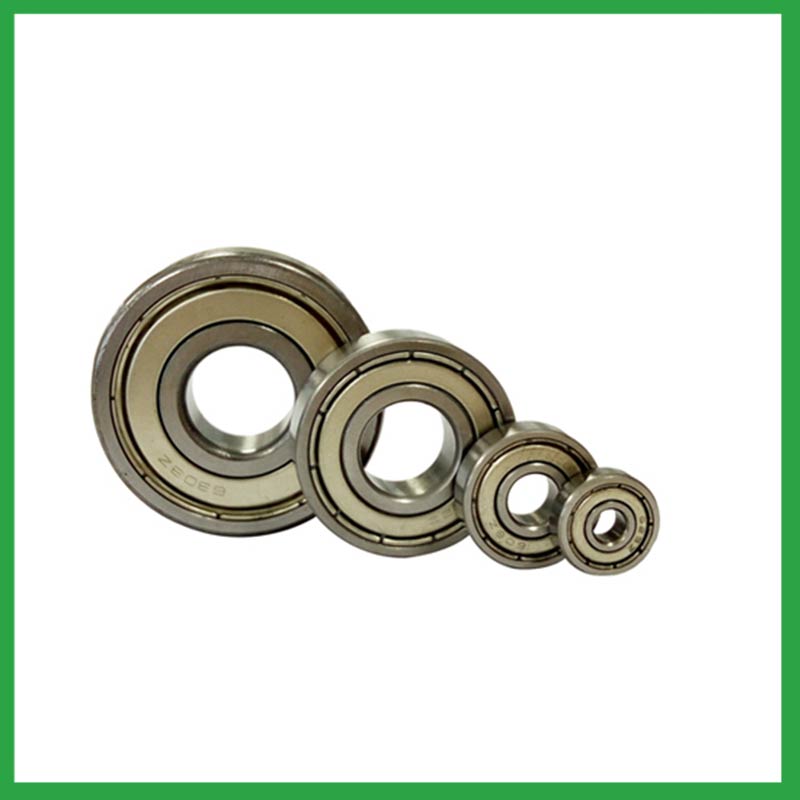
11.How do garrett ball bearing rebuild handle radial loads, axial loads, and combined loads, and what are their load-carrying capacities?
The type of bearing used also varies between these loads. While deep-groove garrett ball bearing rebuild are better equipped to handle radial loads, thrust ball bearings are designed for axial loads. However, it's essential to note that most bearings, such as angular contact ball bearings, can handle both radial and axial loads.The Bearing Static Capacity, Co, is the maximum load that can safely be applied to a non-rotating bearing that will not cause subsequent bearing operation to be impaired. It is based on calculated contact stress at the center of the most heavily loaded rolling element where it contacts the Inner Race.
12.Where can garrett ball bearing rebuild be used?
garrett ball bearing rebuild are very versatile. They can be designed to withstand radial loads, axial loads and combined radial/axial loads at various operating speeds. These characteristics, combined with the relative cost and compactness of the design, give it universal appeal within the industry. Ball bearings are widely used in electric motors, gear reducers and pumps. Serving the automotive, home appliances, aerospace, oil and gas drilling, and mining sectors.
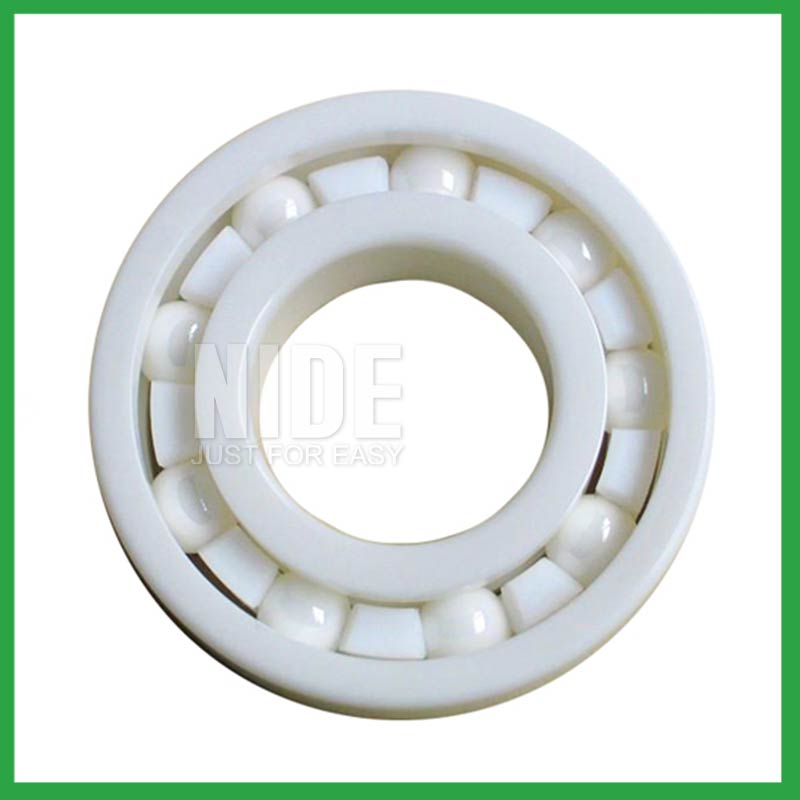
13.Do garrett ball bearing rebuild come in various tolerance classes?
Bearing tolerances are standardized by classifying bearings into the following six classes (accuracy in tolerances becomes higher in the order described): 0, 6X, 6, 5, 4 and 2.
14.How do cage designs affect garrett ball bearing rebuild speed and acceleration capabilities in high-speed machinery?
In high-speed garrett ball bearing rebuild, external load has a great effect on cage stability and sliding ratio, especially for the bearings at work in the starting process. The cage stability is worse in the beginning of the bearing starting process. The axial load greatly influences cage dynamic performance in the bearing starting process.
In addition, while ball bearings worked under steady conditions, axial load and radial load both have a great influence on cage dynamic performance. The effects of axial load on cage dynamic performance during the bearing starting process are opposite from the effects under steady conditions.
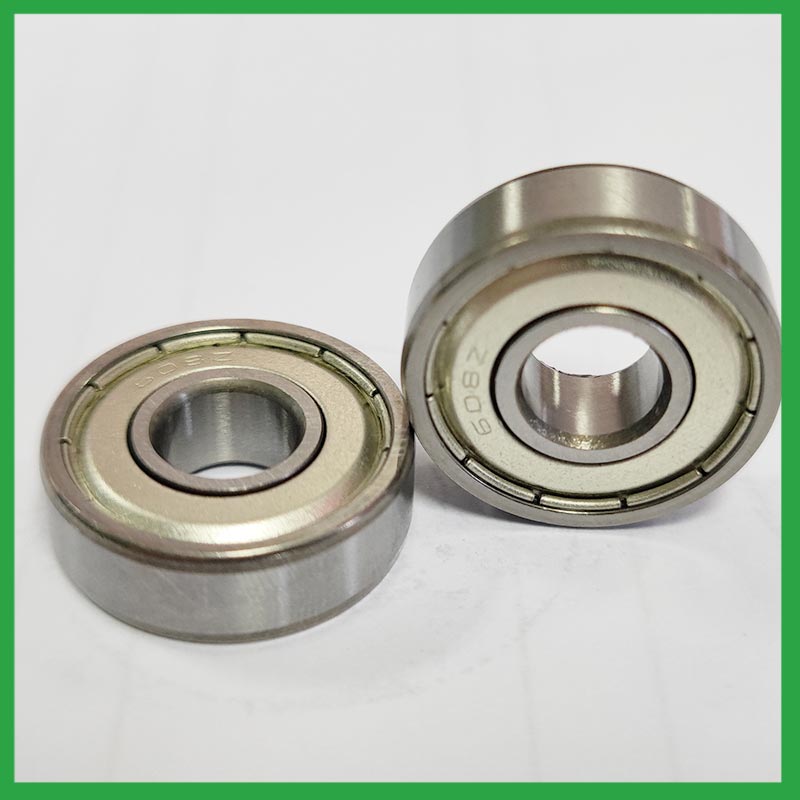
15.How do preload adjustments in garrett ball bearing rebuild affect their performance and suitability for high-precision tasks?
Benefits of Preloading a Bearing
Optimizes the ball spin to roll ratio.
Increases the rigidity of an application.
Protects from excessive ball skidding.
Decreases application vibration and sliding friction.
High running accuracy (even if load conditions keep changing)
Increases bearing load capacity.

